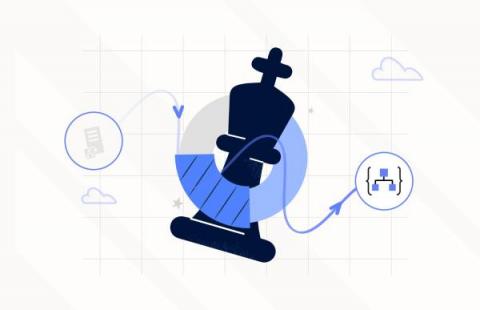Operations | Monitoring | ITSM | DevOps | Cloud
Serverless
The latest News and Information on Serverless Monitoring, Management, Development and related cloud technologies.
Serverless in production, lessons learned after 5 years
How to Turn Your Lambdas Into Lambda borghinis
How Lumigo Monitors Its Production
Serverless Heroes Discuss The Latest Trends in Serverless Development
Outsmart your Business on moving artifacts from BizTalk to Logic Apps
Using Lambda Extensions to Streamline Observability
Lambda is a top-rated compute service available on the AWS cloud service network. Its popularity largely derives from its ease of use, allowing users to run Lambda functions reliably without provisioning or managing servers. Lambda can be triggered manually or by any linked events in the AWS network, including DynamoDB streams, SQS, Kinesis, and more.
Logic App Schema Validation: DateTime Restrictions
[Infographic] AWS SNS from a serverless perspective
The Simple Notification Service, or SNS for short, is one of the central services to build serverless architectures in the AWS cloud. SNS itself is a serverless messaging service that can distribute massive numbers of messages to different recipients. These include mobile end-user devices, like smartphones and tablets, but also other services inside the AWS ecosystem. SNS’ ability to target AWS services makes it the perfect companion for AWS Lambda.











